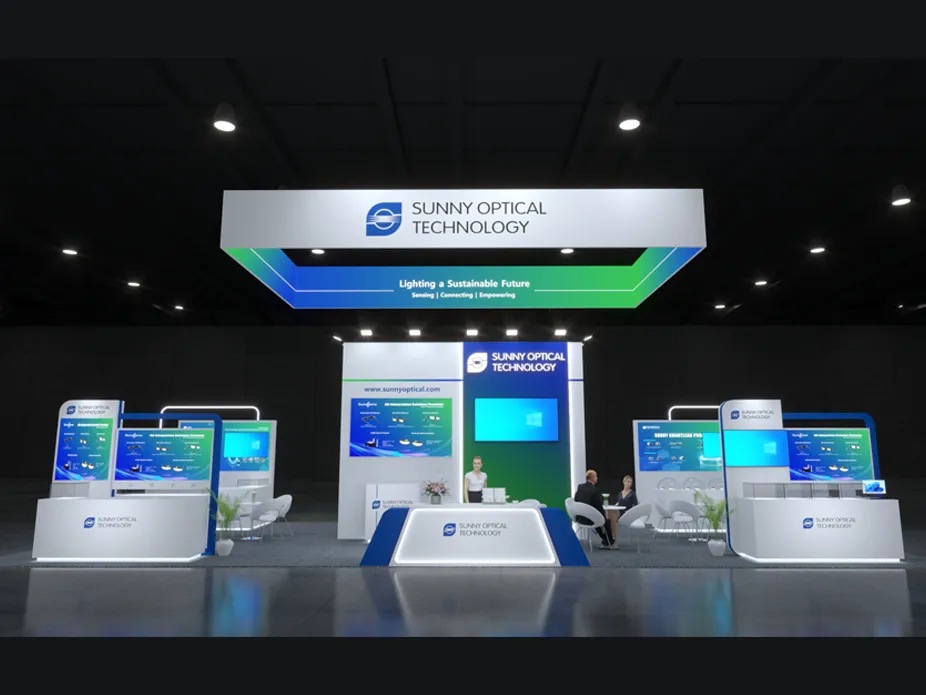Have you ever heard of a Head-Up Display or HUD in cars? It is a piece of technology that projects essential information on a car's windshield. The HUD helps drivers keep their focus on the road ahead without having to look down at the dashboard for information. In this article, we will explain the working principle and method of car windshield HUD.
A Car Windshield HUD is a display unit that projects information onto the windshield, allowing drivers to keep their eyes on the road ahead while viewing important information like speed, fuel level, navigation instructions, and more. HUD technology has been around for several decades but has only recently become more widely used in cars.
The windshield HUD system has three main components: the projector, the combiner, and the control module. The projector is mounted on the dashboard of the car and produces the image that is projected onto the windshield. The combiner is a small piece of glass that is positioned between the projector and the windshield at a precise angle to reflect the image onto the windshield. The control module is responsible for processing the information and ensuring it is displayed correctly on the windshield.
The HUD unit uses a system of mirrors and lenses to display the information on the windshield. The information is projected onto the combiner, which reflects the image onto the windshield. The projector unit contains a light source, lens, and mirror. The light source illuminates the image, the lens focuses the image, and the mirror reflects the image onto the combiner.
Car windshield HUDs offer several advantages to drivers, including:
Safety: The primary advantage of a car windshield HUD is that it promotes safer driving by allowing drivers to keep their eyes on the road while still viewing important information.
Convenience: HUDs provide convenience to drivers by eliminating the need to look away from the road to view information on the dashboard.
Visibility: HUDs improve visibility by projecting information onto the windshield, which is closer to the driver's line of sight.
Customization: The display can be customized to show specific information that is most important to the driver, such as speed, fuel level, and navigation instructions.
Comfort: Car windshield HUDs reduce eye fatigue and neck strain, as drivers don't have to keep adjusting their focus from the road to the dashboard.
Car windshield HUDs have become an important piece of technology in modern cars. They provide drivers with a safer, more convenient way to view important information while driving. The working principle of the HUD is quite simple, and the technology has been around for several decades. However, the use of HUDs in cars has become more popular recently due to their many advantages. If you're in the market for a new car, consider purchasing one with a HUD, and experience the many benefits for yourself!

【Exhibition Invitation】Visit us at CES 2026!
2025-12-10

Sunny Optical Gets Group LiDAR Standard Approved, Using Innovative Optical Solutions to Unlock Key Step in Mass Production
2025-11-25
![[Exhibition Invitation] Sunny Automotive Optech Invites You to the 26th China International Optoelectronic Exposition (CIOE 2025) [Exhibition Invitation] Sunny Automotive Optech Invites You to the 26th China International Optoelectronic Exposition (CIOE 2025)](/uploads/image/20250908/首图7.webp)
[Exhibition Invitation] Sunny Automotive Optech Invites You to the 26th China International Optoelectronic Exposition (CIOE 2025)
2025-09-08

Inquiry
Excellent Customer Service Ability
Key customer manager mechanism
Oversea supporting points
Excellent Process Control Ability
Fully automated production
DMC traceability management
VDA6.3 / IATF16949 verifications
Excellent R&D Ability
Advanced technology new product development cooperation
Cost-effective optical solution proposal based on customer needs
Ecosystem resource integration